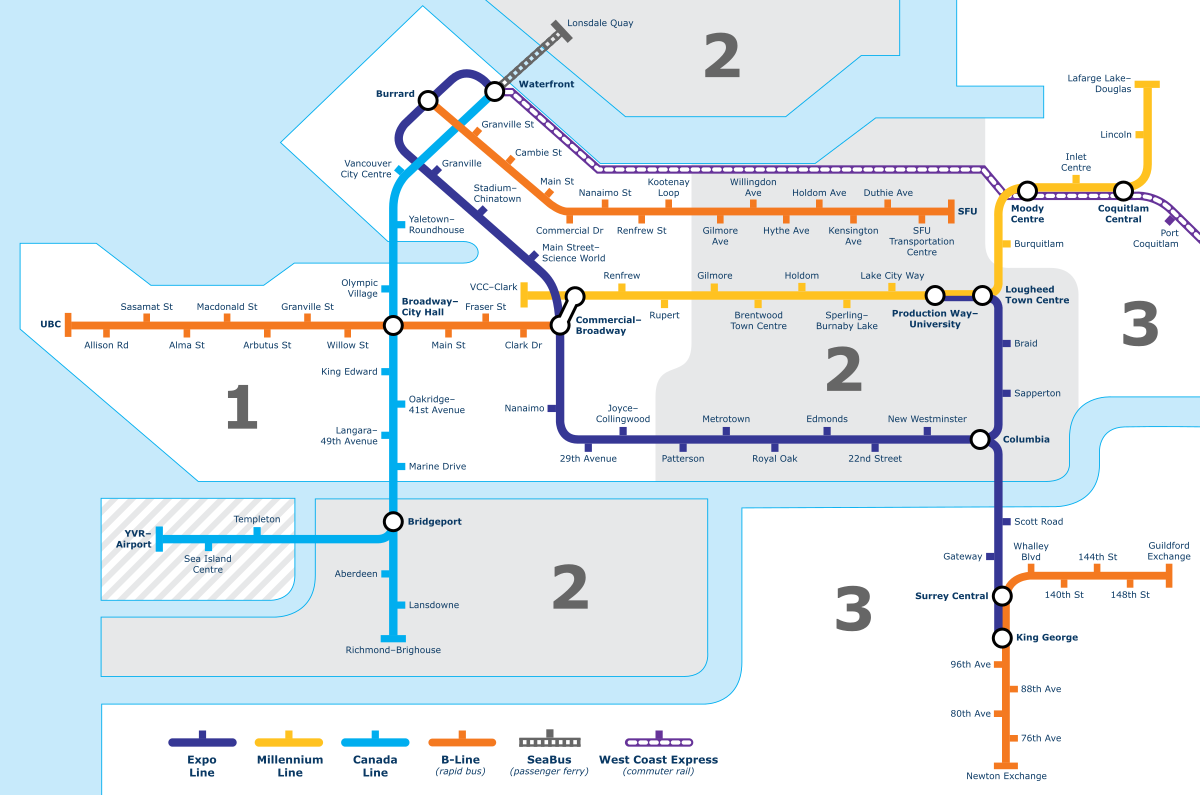Sustainable transportation allows people to travel while maintaining human and ecosystem health, is equitable between people through affordability and efficiency, offers flexibility and choices, and limits emissions and waste. Sustainable transportation of people and goods is an important environmental, economic, and health driver in Canada. Between 1991 and 2001, Canada saw an 11% increase in gas consumption, increased economic losses due to congestion, and an increase in obesity. These problems are addressed by the sustainable objectives of municipal and provincial governments. However, translating high level goals of reducing dependence on single occupancy vehicles into concrete plans to build and retrofit roads has proved to be difficult. The Transportation Association of Canada (TAC) recognizes this and has developed 12 guiding principles for sustainable transportation planning. These principles can help guide engineers and planners in making sustainable transportation decisions. For this post, I will focus on three of the 12 principles and provide examples of the principles in action.
- Principle 2 Protect environmental health
Protecting environmental health is important to ecosystem and human health – if highways were built without regard for the environment, the surrounding ecosystems could be majorly impacted. In addition, not considering the impact of changing existing roads can change levels of congestion elsewhere, increasing emissions. Some goals for Principle 2 include:
- Using environmental criteria (e.g. greenhouse gas emissions)
- Use strategies that limit air pollution (e.g. anti-idling campaigns, reducing congestion)
- Use strategies that limit the impact to water quality and the existing flora and fauna.
An example of a project that took protecting environmental health very seriously is the Banff Wildlife Crossings project, which used wildlife overpasses and underpasses to reduce the fragmentation that the Trans-Canada highway had caused.
 Figure 1: Trans Canada Highway Wildlife Overpass in Banff National Park
Figure 1: Trans Canada Highway Wildlife Overpass in Banff National Park
- Principle 5 Take a strategic approach
Using a high level strategic approach is important to sustainable transportation – without a vision and direction for what the municipality/province/country is trying to achieve, goals cannot be set. In addition, long-term strategic planning can result in projects being more affordable and improving transportation choices before demand overwhelms a system. Some goals for Principle 5 include:
- Set vision and goals that are linked to sustainable transportation
- Consider future land use and its impact to transportation (i.e. will high density zoning occur?)
- Use quantifiable targets and objectives
An example of a municipality that is working towards more sustainable transportation is the City of Vancouver, who adopted their Transportation 2040 Plan in October 2012. While the plan may have some shortcomings, it overall addresses the need for Vancouver to have a strategic transportation plan.

Figure 2: City of Vancouver Proposed Rapid Transit Lines
- Principle 8 Manage transportation supply
The transportation system for a metropolitan area is complex, interconnected, and sensitive to internal and external changes. Managing the transportation network real-time and log-term requires a flexible inventory of supply in order to meet demand. Some goals for Principle 8 include:
- Maximize the capacity of multimodal transportation methods (e.g. HOV/bus lanes)
- Maintain a level of service to minimize congestion and idling
- Use strategies that recognize recurrent and occasional congestion and what can be done to manage both
- Manage transportation assets
An example of a transportation system that is managing transportation supply is Translink’s Metropolitan Vancouver proposed “mobility pricing”. This system would use a “user pays” system in order to reduce driving unless absolutely necessary.

Figure 3: In a mobility pricing scenario, users who drive more pay more, encouraging people to carpool or use alternative transportation methods
With these three principles, combined with others, engineers and planners can make our transportation systems more sustainable. A sustainable transportation network is one that is equitable, minimizes impact to human and ecosystem health, offers flexible modes of transportation, and reduces greenhouse gas emissions and air pollution.
Sources:
